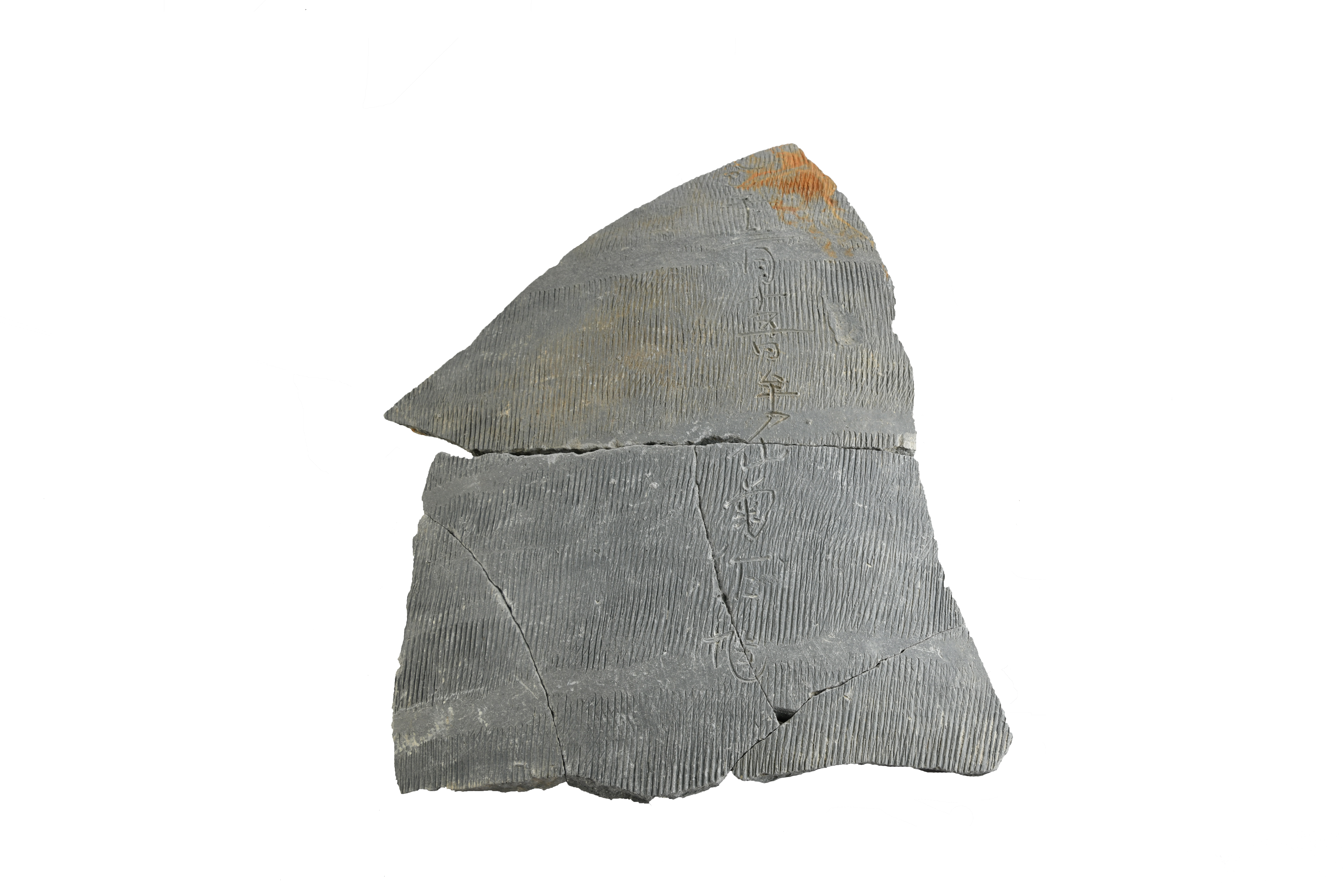
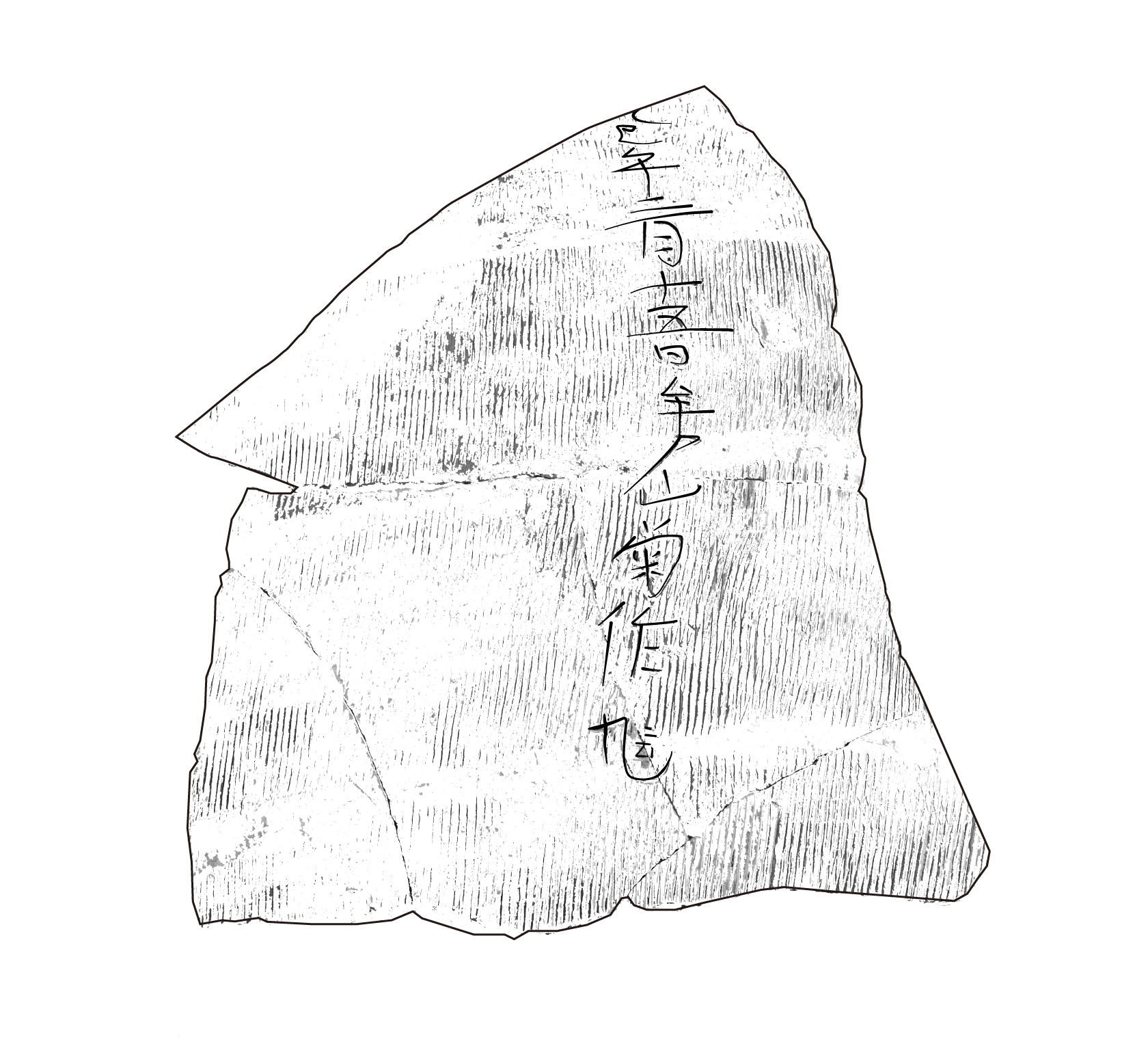
Earthenware Inscribed with ‘乙巳年(estimated as 645)’ excavated from the Busosanseong of Buyeo
- Urgent Excavation of the remains during the pipeline construction by The Buyeo National Research Institute of Cultural Heritage -
The Buyeo National Research Institute of Cultural Heritage (Director Hwang In-ho) under the Cultural Heritage Administration conducted an urgentexcavation survey at the Busosanseong of Buyeo (Historic Site No. 5) and identified important relics such as earthenware inscribed with ‘Eulsa Year(乙巳年)’ and ‘Buksa(北舍)’ as well as the fortress walls from the Baekje toUnification Silla Period, the building site of wajeok foundation, and a water catchmentfacility.
* Wajeok foundation(瓦積基壇): Roof tiles-stacked stylobate, Finishing the edge of the building foundation with roof tiles
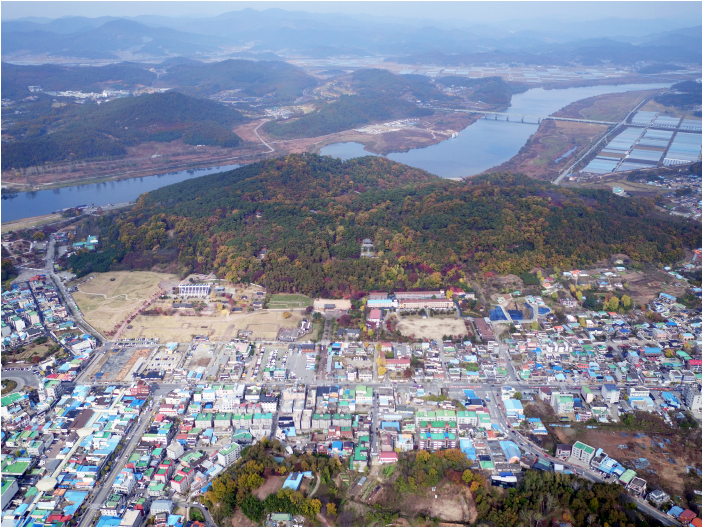
The Busosanseong of Buyeo is presumed to be a mountain fortress at the back of Sabi, the capital city of Baekje and a royal fortress with a circumference of about 2,200 meters. From 1980 to 2002, the National Research Institute of Cultural Heritage and the Buyeo National Research Institute of Cultural Heritage had conducted an annual excavation survey and identified the fortress walls built from the Baekje to Joseon period,the dugout building siteand wooden barricades of the Baekje Period, and the military warehouse site during the Joseon Period, etc.
The investigation was started to excavate because of confirming the existence of the relics such as fortress walls, building sites, and estimated water cathchment facilities on July and August in this year during constructing a disaster prevention pipeline with a width of 1m and a depth of 0.8m within the Busosanseong.
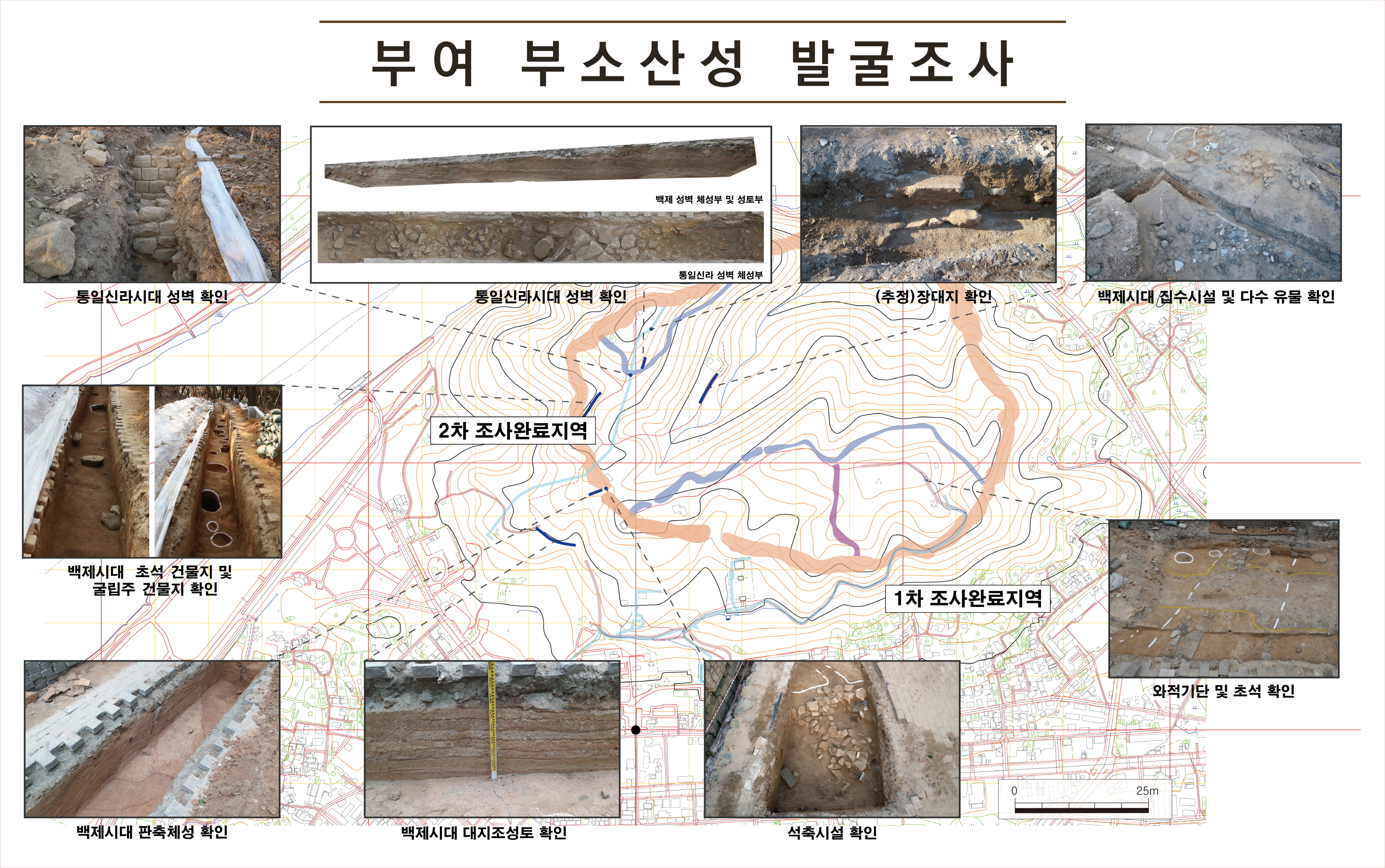
As a result of the investigation, various relics from the Baekje Period were identified in the Gunchangji section, the Sajaru section, and the Gungnyeosa section where flat land exists in the Busosanseong. In the Gunchangji section, a high-lying building site with a wajeok foundation, which is usually found in important Baekje relics, using round-shaped and well-made stones was excavated, In the Sajaru section, the fortress walls from Baekje to Unification Silla Period, theGulipju building site, and the building site using square foundation stones, etc. were investigated. A catchment facility was identified in the Gungnyeosa section.
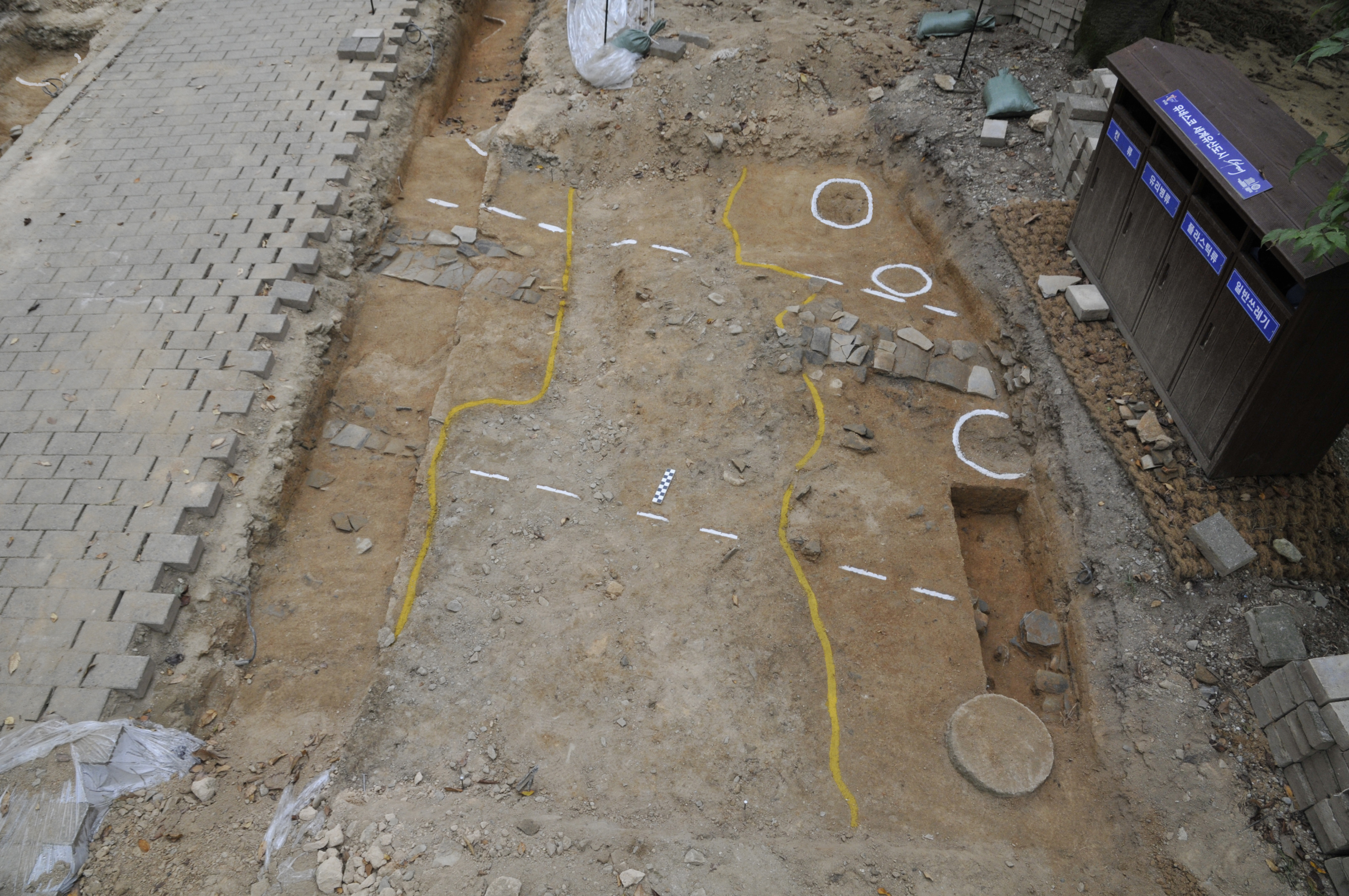
* Gunchangji : A warehouse site of Military materials
* Sajaru : A pavilion located at the top of the northwest side of Busosanseong.
* Gungnyeosa : Known as a shrine that honors the three thousands of maids
* Gulipju building site :Pit-driven-posts building, a method of building the base of a pillar into the ground.
In particular, in the water cathchment facility of the Gungnyeosa section were buried over hundreds of earthenware of the Sabi Period of Baekje, along with important relics such as earthenware inscribed with ‘乙巳年’ and ‘北舍’, Chinese porcelain, and lacquerware(漆器). The excavated earthenware from the Baekje Period is characterized by a high proportion of Kidae(器臺), gem-shaped(寶珠形) lids, and Jeondalin earthenware. Earthenware of Silla in the 7th century was also excavated.
* Lacquerware(漆器): An object made of wood, etc. and then coated with black lye, such as lacquer.
* Kidae (器臺): A bowl stand designed to support objects such as a pot with a round bottom.
* Jeondalinearthenware : A earthenware with Extended Rim, a slightly wider protrusion on the upper edge of the earthenware.
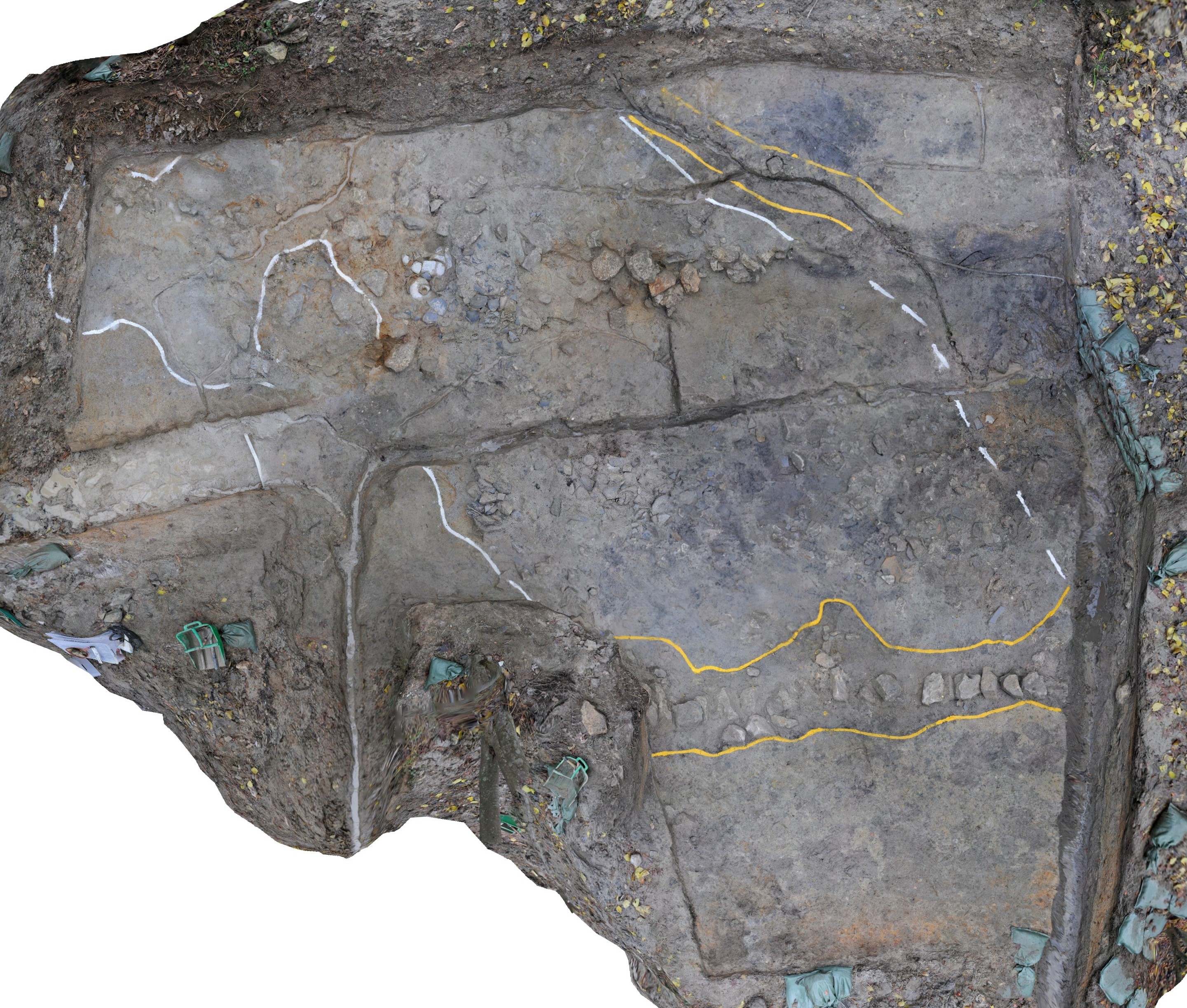
Most notable relics are earthenware inscribed with ‘乙巳年’ and ‘北舍’. The earthenware inscribed with "乙巳年" contains 14 characters, ‘乙巳年三月十五日牟尸山菊作’, which is interpreted as ‘It was created by Guk(菊), a person from Moshisan, on March 15 of Eulsa Year’. It is considered as a valuable material that informs the date of manufacture of the earthenware (estimated as 645), the place of manufacture (estimated as Deoksan, Yesan), and the manufacturer. In addition, the earthenware inscribed with ‘北舍’, which was excavated together, had been excavated from important sites related to the royal family, such as the Gwanbuk-ri site in the Sabi royal palace district of Baekje, the Wanggung-ri site in Iksan, and the Iksan Earthen Fortress.

The remains identified through this survey are expected to be valuable materials for the study of the construction method of fortress walls form Baekje to Unification Silla Period and the utilization method of the interior space of the Busosanseong in Buyeo. The finding on this surveywill be released online on December 11 (Friday) via the YouTube channel of the Cultural Heritage Administration to prevent the spread of COVID-19.
* YouTube Channel of the Cultural Heritage Administration: https://www.youtube.com/channel/UCxWZbyZ-UhohFp3BYNh2d7Q
The Buyeo National Research Institute of Cultural Heritage plans to conduct a systematic excavation survey by establishing a mid- and long-term academic survey plan for the Busosanseong from next year. In addition, we plan to continue to expand opportunities to share the results with the public by holding on-site briefing sessions using online and offline.
Attachments: Photographs
< The panoramic view of the Busosanseong of Buyeo>
< The remains identified during an emergency excavation survey of the Busosanseong>
< The building site of Wajeok Foundation in the Military Warehouse section >
< The water collection facility of the Gungnyeosa section>
< The relics excavated from the water collection facility of the Gungnyeosa section >
< The earthenware inscribed with '乙巳年三月十五日牟尸山菊作' >
国立扶余文化財研究所は扶余扶蘇山城の緊急発掘調査で百済〜統一新羅時代の城壁、瓦積基壇建物址、集水施設をはじめ、「乙巳年」、「北舍」の文字が刻まれた土器などの重要遺物を確認した。
主な出土遺物である「乙巳年」銘文土器には、「乙巳年三月十五日牟尸山菊作」という14文字の銘文が書かれているが、その内容はウルサニョン3月15日牟尸山人菊が作った」と解釈され、土器の製作年代(645年と推定)、製作か、制作者を知ることができる貴重な資料だ。
'NEWS & THESIS' 카테고리의 다른 글
| 작동하지 않은 베네치아 차수벽 시스템 MOSE (0) | 2020.12.09 |
|---|---|
| 부소산성에서 '乙巳年을사년' 글자 새김 토기 (0) | 2020.12.08 |
| 1,600 year old Silla-era "storage" pits from Silla Kingdom (0) | 2020.12.08 |
| 신라 구덩이 떼거리로 출현한 옥천 이성산성 (0) | 2020.12.08 |
| 신라가 신선, 도교의 왕국이었음을 유감없이 증명한 경주 쪽샘 44호분 (0) | 2020.12.07 |




댓글